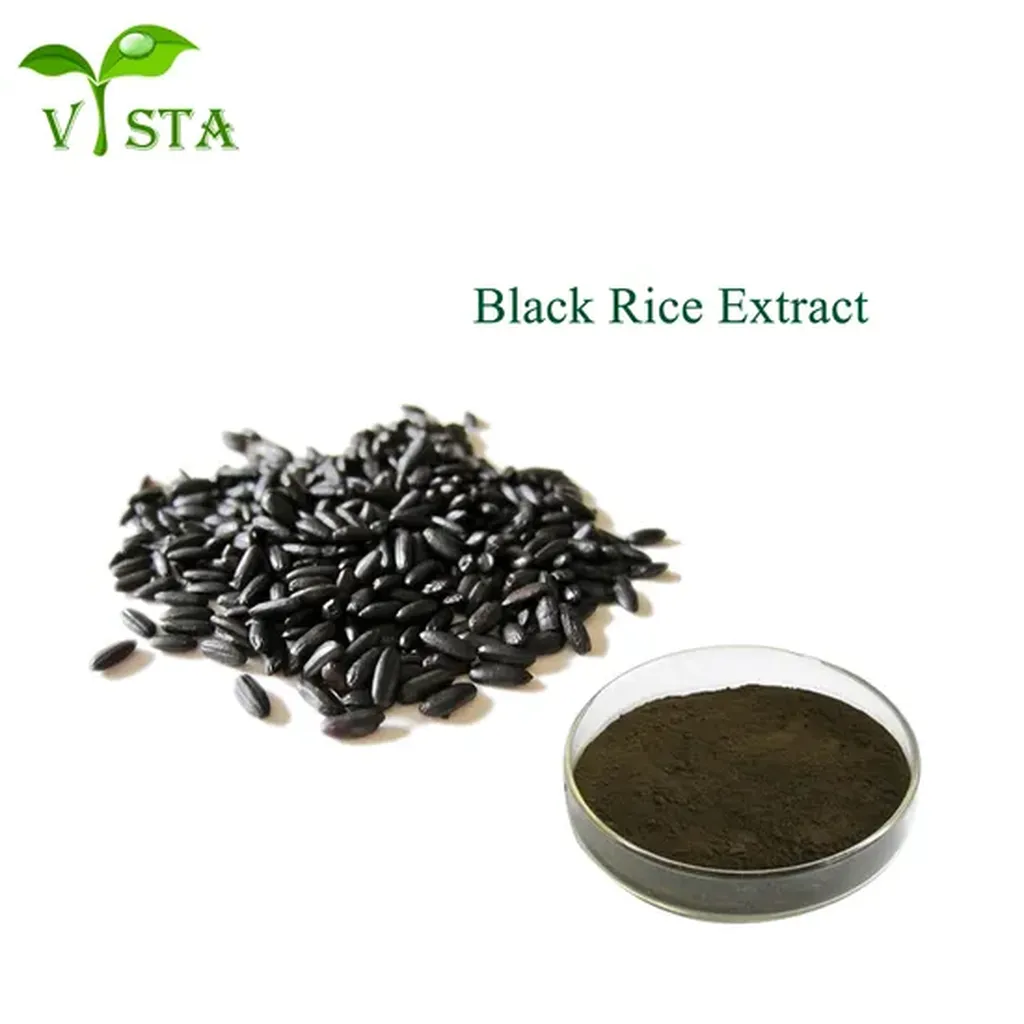In the heart of China, scientists are unlocking the secrets of an ancient grain, black barley, which could revolutionize the agritech and food industries. Md. Mahmudul Hasan, a researcher at the Biotechnology and Germplasm Resources Institute of the Yunnan Academy of Agricultural Sciences, has led a groundbreaking study that delves into the molecular mechanisms behind the higher anthocyanin content in black barley compared to its blue counterpart. This research, published in the journal *Frontiers in Plant Science* (which translates to “Plant Science Frontiers” in English), not only sheds light on the genetic differences between these barley varieties but also paves the way for developing crops with enhanced nutritional benefits.
Anthocyanins, the pigments responsible for the vibrant colors in many fruits and vegetables, are known for their potent antioxidant properties. They play a crucial role in plant pigmentation, pollination, and seed dispersal, and they offer significant health benefits to humans. “Barley is not just a staple food crop; it’s also a medicinal plant rich in flavonoids, particularly anthocyanins,” explains Hasan. “Understanding how black barley accumulates more of these beneficial compounds could lead to significant advancements in both agriculture and nutrition.”
The study employed transcriptomic analysis to explore the genetic differences between black and blue barley. This comprehensive approach identified 10,579 new genes, of which 5,912 were functionally annotated. The researchers found 7,113 differentially expressed genes (DEGs), with 3,235 significantly up-regulated in black barley. These DEGs are involved in various biological, cellular, and molecular processes that influence plant growth, development, yield, and anthocyanin biosynthesis.
One of the most intriguing findings was the higher expression of key genes in the anthocyanin biosynthesis pathway, such as ANS1, LDOX1, LDOX2, and LDOX3, in black barley. “The involvement of these genes in the phenylpropanoid and flavonoid biosynthesis pathways suggests a strong genetic basis for the higher anthocyanin content in black barley,” says Hasan. “This knowledge could guide plant biologists in reprogramming the anthocyanin biosynthesis pathway to develop barley varieties with improved nutritional profiles.”
The implications of this research extend beyond the agricultural sector. The food industry could benefit from the development of new barley varieties with enhanced anthocyanin content, leading to healthier food products. Additionally, the pharmaceutical industry could explore the potential of these compounds for developing new medications and supplements.
As the world grapples with the challenges of climate change and food security, understanding the genetic mechanisms behind crop traits becomes increasingly important. This study not only advances our knowledge of barley genetics but also opens up new possibilities for crop improvement. “Our findings provide a foundation for future research aimed at enhancing the nutritional value of barley and other crops,” says Hasan. “This could have a profound impact on global food security and public health.”
In the quest for healthier and more sustainable food sources, the humble barley grain is emerging as a powerful ally. With the insights gained from this research, scientists are one step closer to unlocking the full potential of this ancient crop, paving the way for a healthier future.

